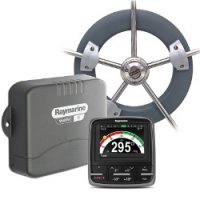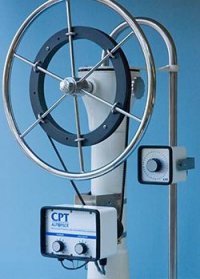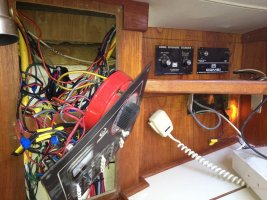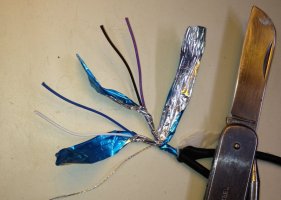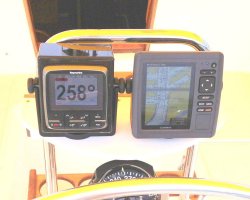Retired from newspapers and television, currently sailing Thelonious II, a 1984 Ericson 381.
Note: The Raymarine SPX-5 wheel pilot has been supplanted by the Raymarine EV-100. See here. Installation is similar.
Joshua Slocum’s Spray would sail for hundreds of miles without the captain touching the wheel, but an Ericson 32-3 under power will pirouette like a drunken ballerina if you let go of the helm. Under sail, supervision is...
Joshua Slocum’s Spray would sail for hundreds of miles without the captain touching the wheel, but an Ericson 32-3 under power will pirouette like a drunken ballerina if you let go of the helm. Under sail, supervision is...
You do not have permission to view the full content of this entry.
Log in or register now.

